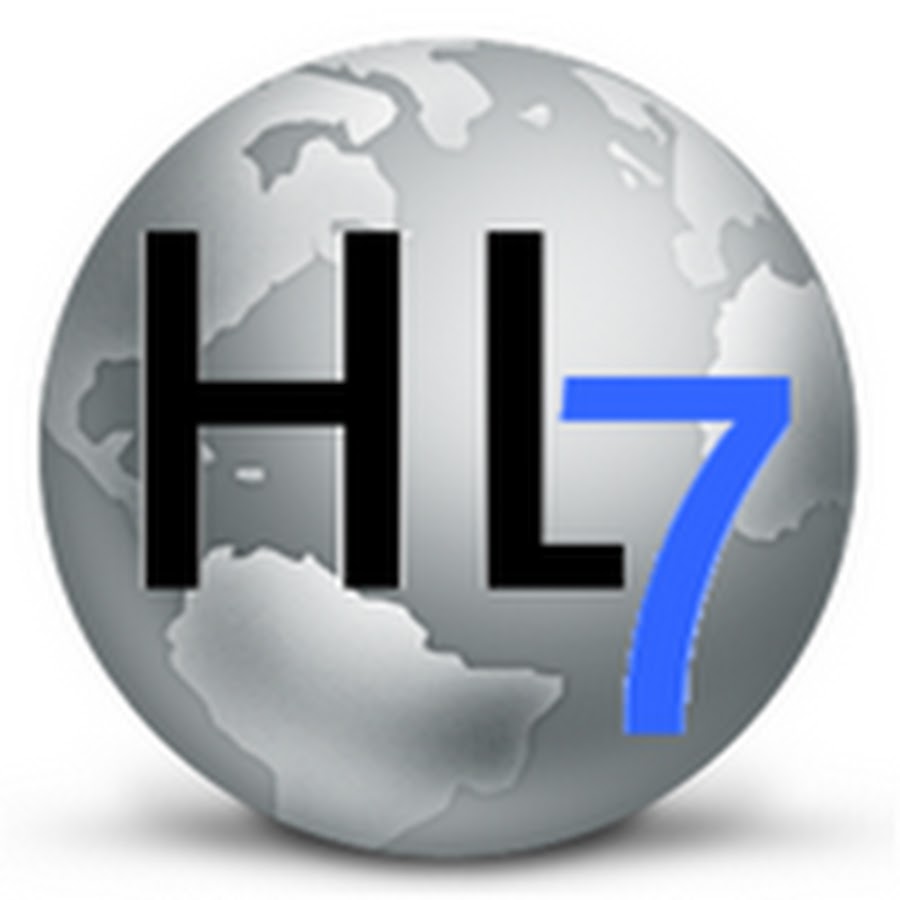As everything is now going digital, people have started to graft mobile devices wherever they go because they may need them. This is true for the health industry too; almost every health facility is changing its manual operations to digital ones. Also, most of them have apps or websites to aid patients with information sharing and appointment management. The patients can access and use these apps from their homes through their mobiles to get an automated medical assistant. No wonder, the requirement for a compliant framework driving application development has become obvious. And HL7 standards provide this required framework.
HL7 (Health Level Seven) was supported and created by the standards organization, Health Level Seven International. It offers guidelines on data format and standards used at most healthcare organizations to structure as well as share medical data and help in patient screening process. This is not it, there is much more to know about HL7. So, here we have discussed its importance, uses, and benefits!
What are the HL7 Standards?
It is a document created by consensus and collaboration that provides rules, guidelines, characteristics for activities, and their results. HL7, a set of international health standards, was established for the transfer of both clinical and administrative data between various software automated medical assistant applications.
The Importance of Health Level Seven Standards:
There are a great many healthcare units comprising a variety of care settings and stakeholders that leverage different information systems in their delivery of care. And, the Health Level Seven standards help health systems assess and develop important topics, including infection prevention and control, and medication management that affect the quality of services that the public receives.
Furthermore, they create a strong framework that the providers, policymakers, and the public can rely on. It assures high-quality health services where it matters most. Also, these standards help services in the following ways,
- Improving and assessing their quality of health services
- Regulating the type of care that they should offer and also identifying gaps in their current systems
- Improving safety in the workplace
- Regulating efficiency
And for the public, they help them to:
- Know about the level of quality to ask for from their service providers
- Get feedback on current health services deliverability
- Assure that the health services they are receiving are of high standards
Who Uses HL7?
According to recent statistics, more than 90% of healthcare facilities are using HL7 in the United States. And HL7 is supported by more than 1,600 members from over 50 countries, including 500+ corporate members. However, we are dividing here HL7 users into three segments:
Clinical Interface Specialists:
These are the people that are responsible for moving clinical data. They create tools and develop systems to move clinical data and applications when needed to exchange or share them with other patient screening systems. These users are liable for moving data between applications or between different healthcare providers.
Government or other Politically Homogeneous Entities:
It consists of the people that are looking to share data across multiple entities or are responsible in future data movement. Furthermore, these users are often looking to move clinical data in a new area that current affairs don’t cover. They also have the capability to adopt or mandate a messaging standard.
Medical Informaticsits:
It comprises the people who work within the field of health informatics. And you can describe health informatics as the study of the logic of healthcare and the way it creates clinical knowledge. Additionally, these users seek to adopt or create a clinical ontology, a sort of hierarchical structure of healthcare knowledge (a data model), terminology (a vocabulary), as well as the workflow (how things get done).
The Benefits of Health Level 7 Standards:
Health Level 7 standards offer a structured approach to building fully integrated healthcare applications, especially by defining the underlying data structure for storing and interchanging healthcare data. It does the same in healthcare data as the Electronic Data Interchange (EDI) standards have done for commercial data.
Furthermore, these standards explain how data must be packaged for communication purposes between HL7 compliant applications. It facilitates the data interchange across a variety of stakeholders like centralized healthcare data repositories, mass healthcare installations, including hospitals, and specialized clinical experts.
Wrap Up:
All hospitals (through their information systems) should communicate with one another to provide better health services to the patients. Hospitals can share data with other health facilities for mutual collaborations. Also, this data will help them make more accurate results. But how you share your data and information needs some structure that was created in the form of HL7 standards.
